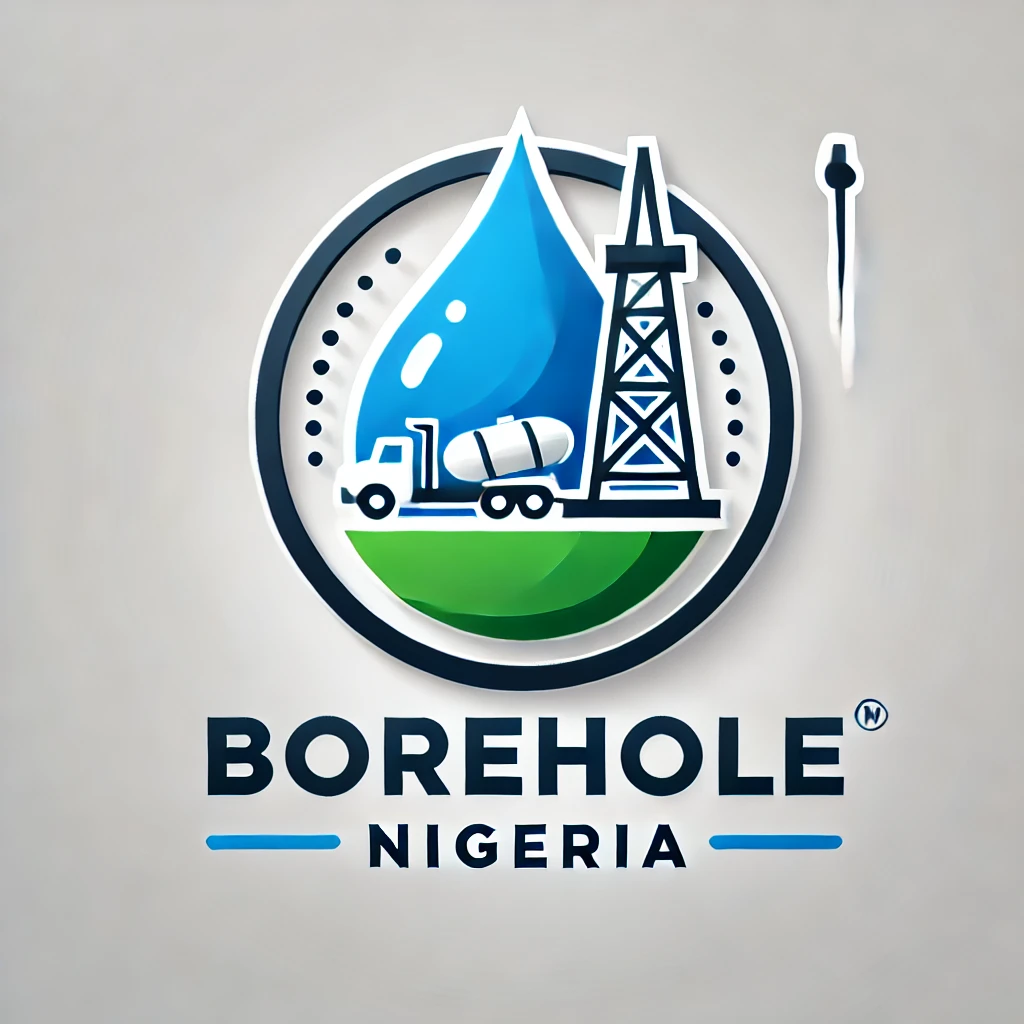When it comes to oil well drilling equipment, choosing the right tools and machinery is essential for efficiency, safety, and cost-effectiveness in any drilling operation. Whether you’re setting up an exploratory well or developing a production site, understanding the core equipment used in drilling oil wells can help streamline your project.
1. Drill Rigs: The Backbone of Oil Drilling
Drill rigs are the heart of the operation. These towering structures are responsible for creating the wellbore, and they come in different forms depending on the environment and depth of the well.
- Land Rigs: Typically used for onshore drilling, land rigs range from mobile rigs that can be transported easily to larger, more permanent structures.
- Offshore Rigs: For deeper wells located at sea, companies use jack-up rigs, semi-submersible rigs, or drillships. These platforms are equipped to withstand rough ocean conditions and reach greater depths.
Our recommendation: If you’re new to oil drilling and looking to start small, a portable land rig can be an ideal choice, but for more ambitious offshore projects, jack-up or semi-submersible rigs are your best bet.
2. Drill Bits: Penetrating the Earth
Drill bits are critical to the success of the drilling process. These are the tools at the end of the drill string that cut through rock and sediment layers. The choice of drill bit depends on the formation’s hardness.
- Tricone Bits: With three rotating cones, this bit is perfect for soft to medium-hard formations.
- PDC (Polycrystalline Diamond Compact) Bits: These bits are highly durable and effective for drilling through hard formations quickly, reducing the need for frequent replacements.
- Diamond Bits: Used in extremely hard rock formations, these bits feature industrial diamonds embedded in the cutting structure for maximum wear resistance.
Important Tip: For long-lasting performance, opt for PDC bits when dealing with challenging formations.
3. Mud Pumps and Circulating Systems
Mud pumps are essential for circulating drilling fluid (mud) down the wellbore. This fluid helps cool the drill bit, carry rock cuttings to the surface, and maintain well pressure.
- Triplex Mud Pumps: Commonly used due to their efficiency and ability to handle high-pressure applications. They feature three pistons and provide smooth fluid flow.
- Duplex Mud Pumps: These have two pistons and are often used in smaller, less intense drilling operations.
Coupled with these pumps is the circulating system, which includes shale shakers, mud cleaners, and desanders to separate rock cuttings from the fluid, ensuring the mud can be recirculated and reused.
4. Casing and Tubing
Casing and tubing are steel pipes used to line the wellbore. Casing prevents the well from collapsing and protects groundwater from contamination, while tubing allows the flow of oil or gas to the surface.
- Conductor Casing: The first and largest pipe installed, preventing the upper wellbore from caving in.
- Surface Casing: Protects shallow, freshwater zones and provides a solid foundation for the rest of the well.
- Production Tubing: Carries the oil or gas from the production zone to the surface.
5. Blowout Preventers (BOP)
Safety is a top priority in oil drilling, and blowout preventers are crucial for preventing uncontrolled fluid release from the well. These large valves are installed at the wellhead and can seal the well in an emergency.
- Annular BOPs: Seal around the drill pipe or casing in the event of a pressure surge.
- Ram BOPs: Use steel rams to seal the wellbore, stopping the flow of oil or gas.
6. Derrick and Hoisting Systems
The derrick is the tall structure that supports the drill string and casing as they are lowered into the well. The hoisting system includes the draw works (a large winch) and traveling block used to lift and lower the drill pipe.
This system ensures that heavy equipment can be raised and lowered efficiently, enabling the continuous drilling process.
7. Rotary Table and Top Drive
These are the components that rotate the drill string to cut through the rock.
- Rotary Table: A mechanical device located on the rig floor that rotates the drill pipe.
- Top Drive: A more modern alternative to the rotary table, offering better control and higher torque. It allows for continuous drilling without the need to stop and reconnect joints of drill pipe.
8. Drill Pipe and Drill Collars
Drill pipes are hollow tubes that connect the surface equipment to the drill bit. Drill collars, on the other hand, are thick-walled pipes placed above the drill bit to provide weight and stability during drilling. They ensure the drill bit stays in contact with the rock, maximizing drilling efficiency.
9. Completion Tools
Once the drilling phase is over, the well needs to be completed for production. This involves setting up equipment like packers, perforating guns, and valves to allow oil or gas to flow from the reservoir into the wellbore and up to the surface.
- Packers: These tools isolate sections of the well to prevent fluid from moving between formations.
- Perforating Guns: Used to create holes in the casing, allowing oil or gas to flow into the well.
Conclusion: Choose the Right Partner for Your Drilling Equipment
Whether you are setting up a small exploration well or a full-scale production site, selecting the right oil well drilling equipment is vital to ensure efficiency and safety. From the towering drill rig to the smallest drill bit, each piece plays an important role in the success of your operation.
If you’re looking for expert guidance and top-notch equipment for your next drilling project, Borehole Nigeria is here to help! We provide professional borehole drilling, water treatment services, and offer a wide range of water chemicals, plants, and equipment to support your project. Head over to our website, click the order button, and start your consultation today for just ₦50,000! Plus, don’t forget to click the WhatsApp button for quick, direct assistance from our team.
